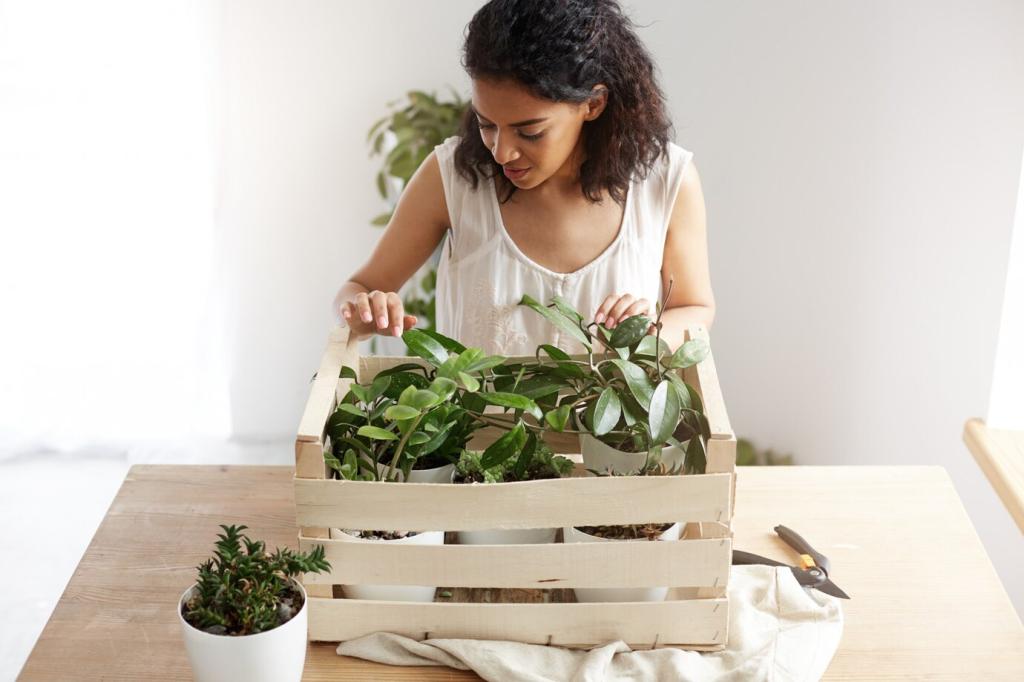Sustainable Materials in Interior Design
Previous
Next
The Importance of Sustainability in Modern Interiors
Incorporating sustainable materials often means selecting elements that have low or no volatile organic compounds (VOCs), resulting in improved indoor air quality. Materials such as responsibly sourced timber, natural fibers, and low-emission finishes contribute to a healthier interior atmosphere. Immediate benefits can include reduced allergies and respiratory issues, while the use of non-toxic, renewable resources supports long-term occupant well-being.
Types of Sustainable Materials Used in Interior Design
Natural and Renewable Resources
Materials such as bamboo, cork, organic cotton, and wool have emerged as mainstays in sustainable interior design. These resources are rapidly renewable, meaning they can be replenished quickly without depleting the ecosystem. Their resilience and natural beauty lend themselves well to a range of aesthetic applications, from flooring to upholstery. By relying on nature’s ingenuity, designers help limit the reliance on finite or artificially produced substances.
Recycled and Reclaimed Elements
Recycling plays a pivotal role in sustainability, and incorporating materials recycled from previous use—or reclaimed from older structures—infuses interiors with character and history. Reclaimed wood beams, recycled glass countertops, and metal fixtures fashioned from salvaged steel are just a few examples. These practices reduce the demand for virgin materials and divert waste from landfills, making them valuable options for conscientious design projects.
Low-impact Manufacturing and Innovations
Recent advances in manufacturing technology have yielded a new generation of sustainable materials. Low-impact options are produced using energy-efficient methods and environmentally friendly processes, such as water-based paints or natural fiber composites. Innovations include bio-based resins and upcycled textiles that combine performance with ecological mindfulness. These breakthroughs ensure that style and sustainability can seamlessly coexist in interior environments.
Integrating Sustainable Materials into Design Concepts
Choosing sustainable materials does not mean sacrificing beauty or utility; in fact, many green options offer unique textures, colors, and finishes that enrich interior environments. Designers can highlight the inherent qualities of these materials through innovative applications, such as accent walls made from reclaimed wood or textiles crafted from organic fibers. Balancing aesthetics with durability ensures that the finished space delights users while supporting sustainable values.

